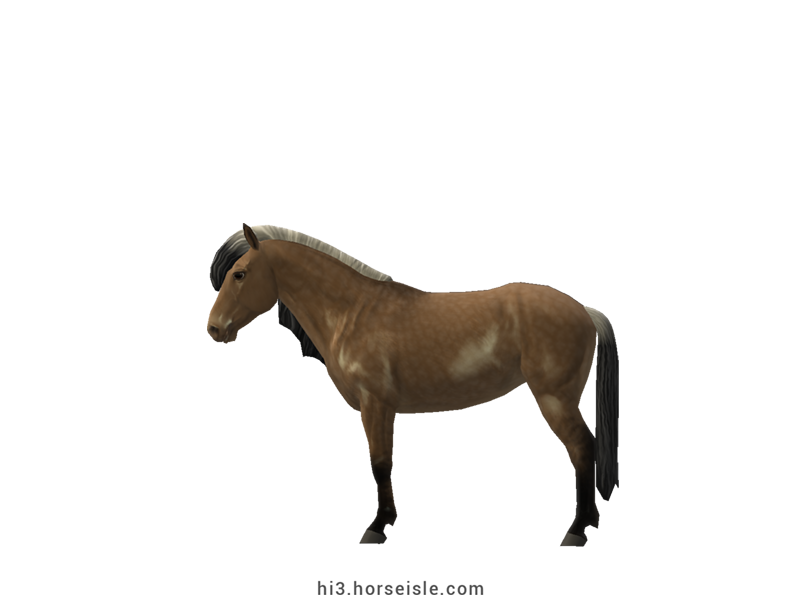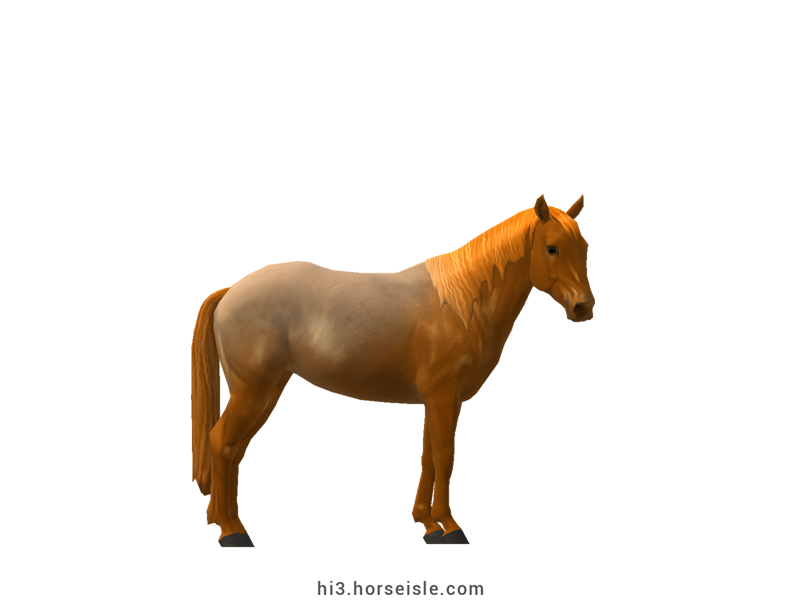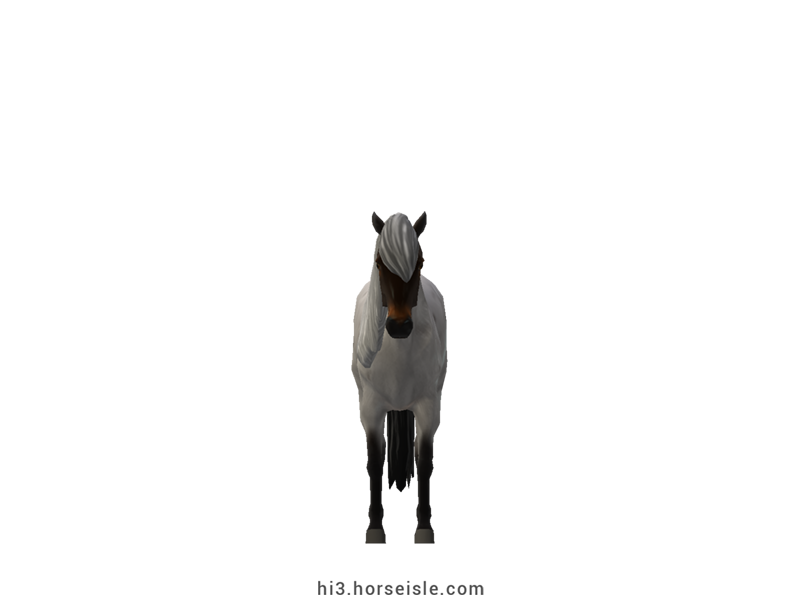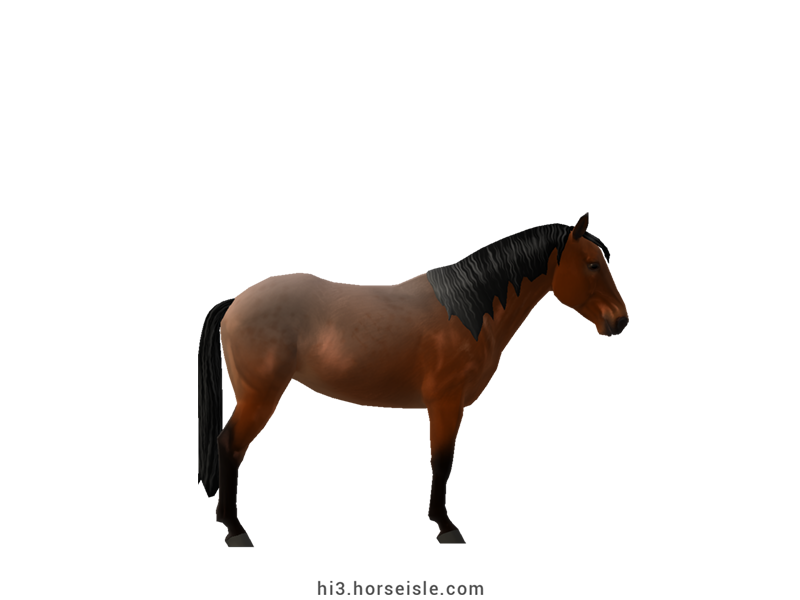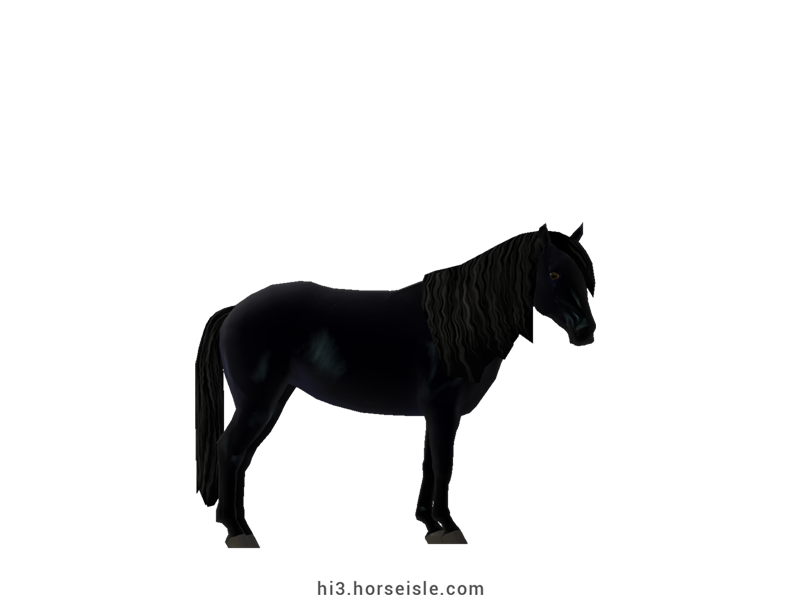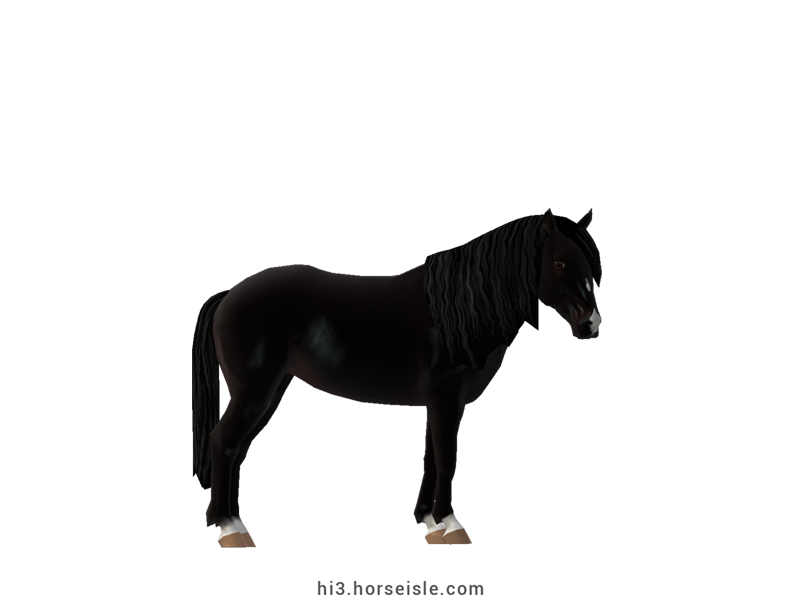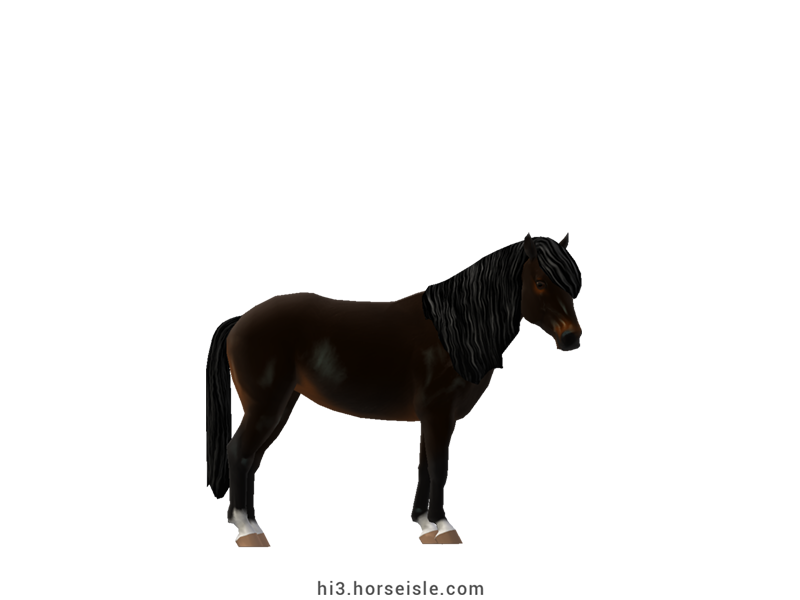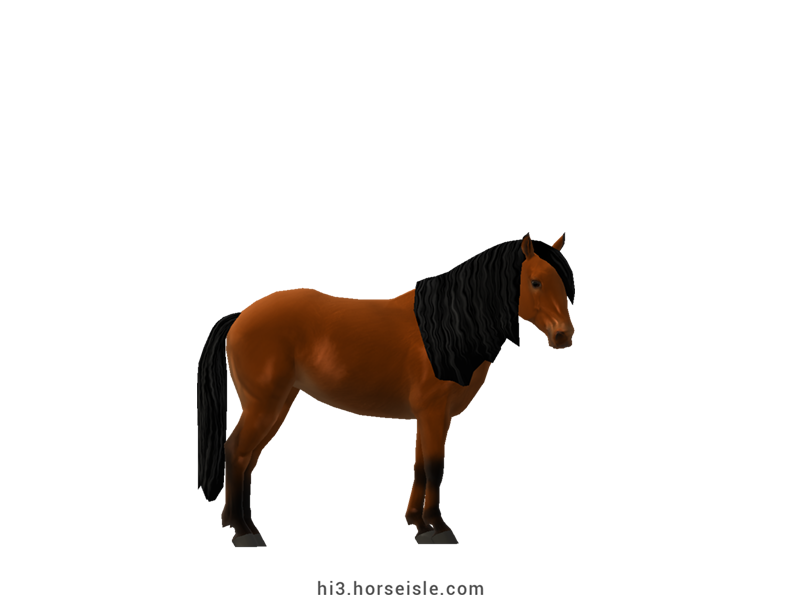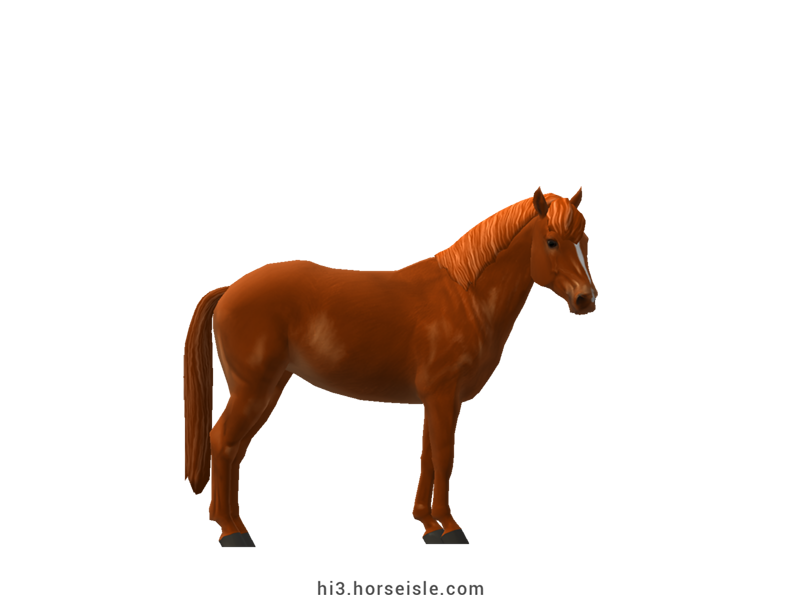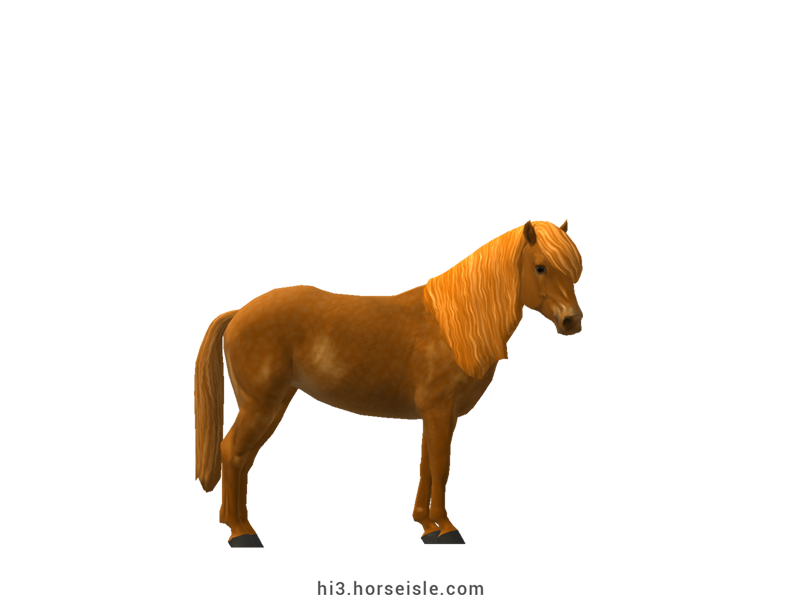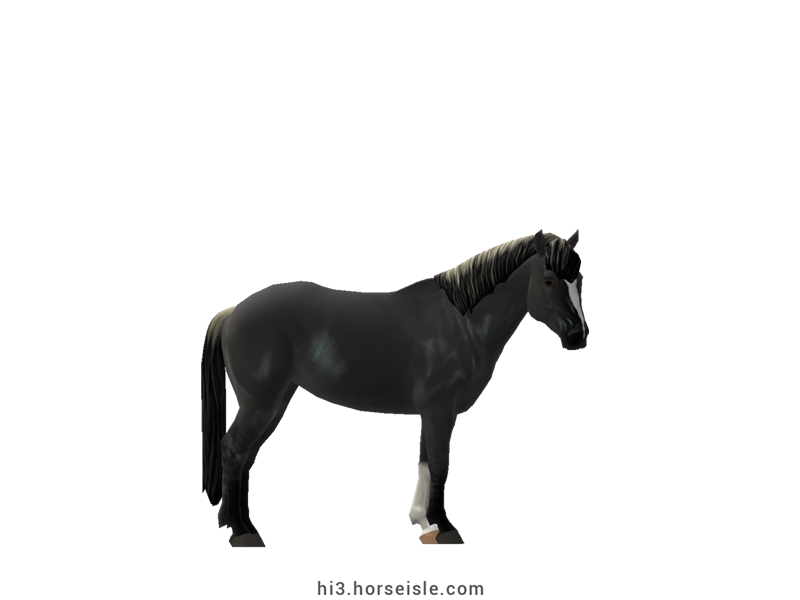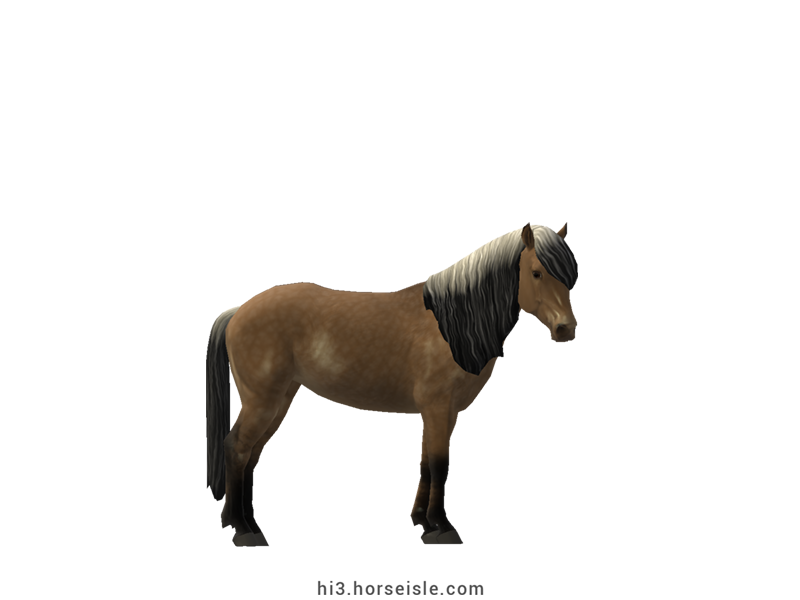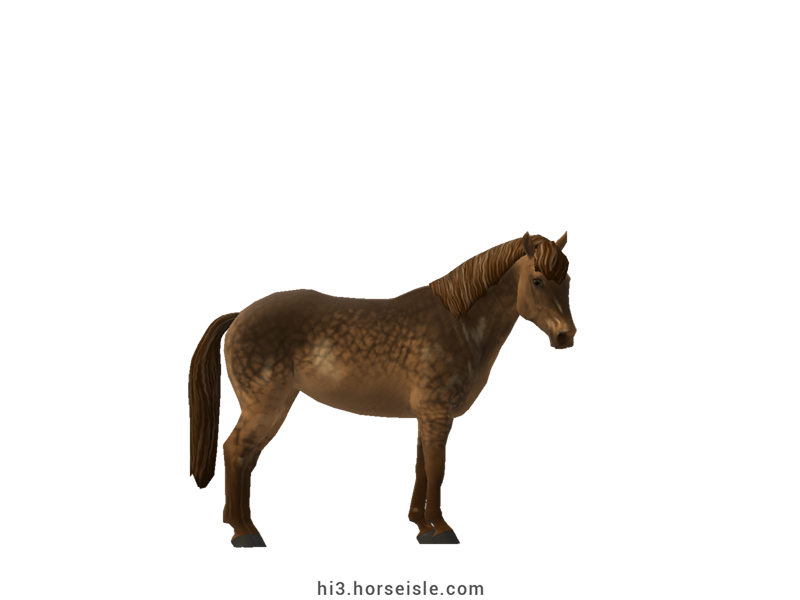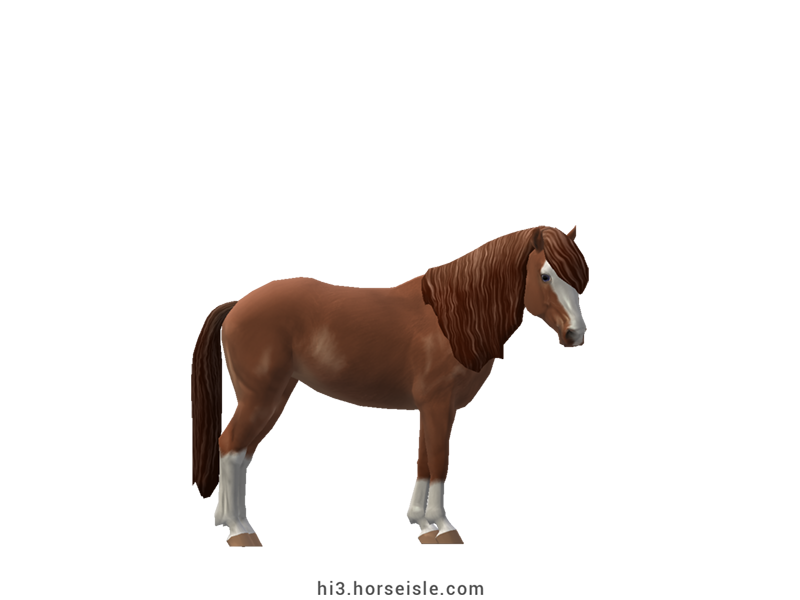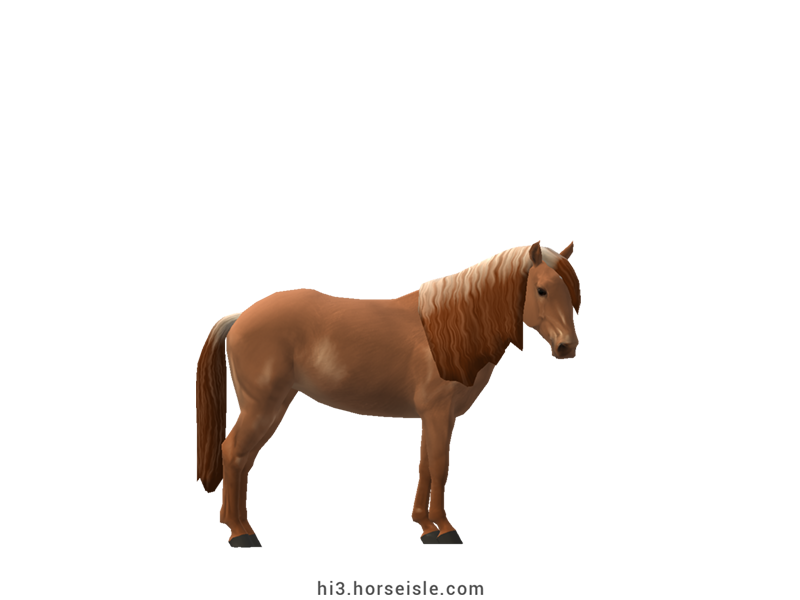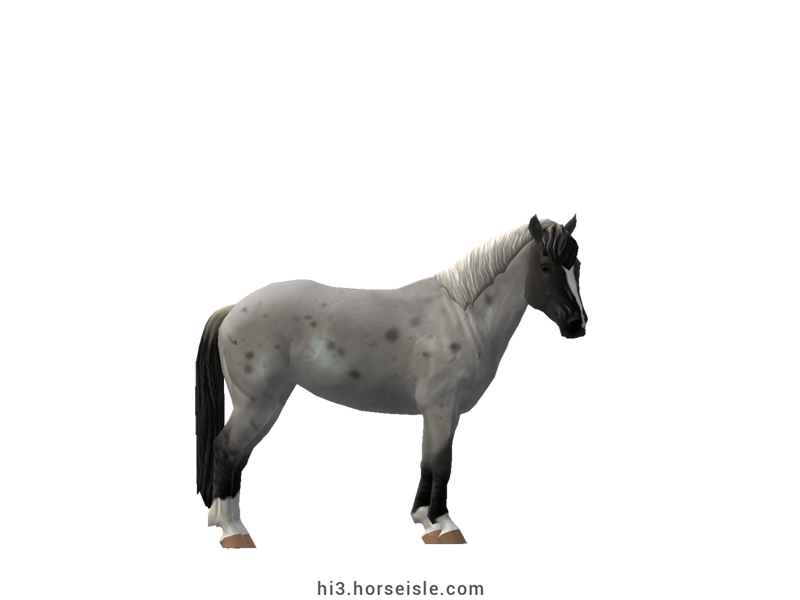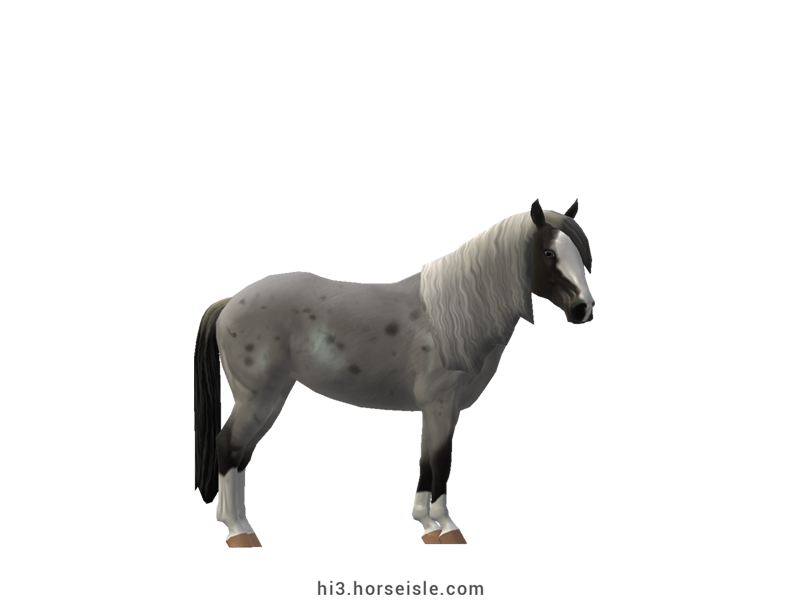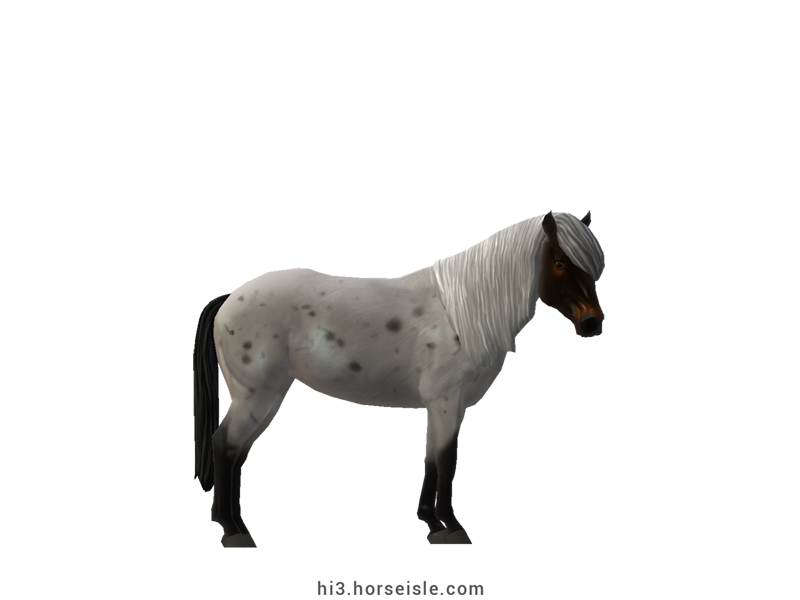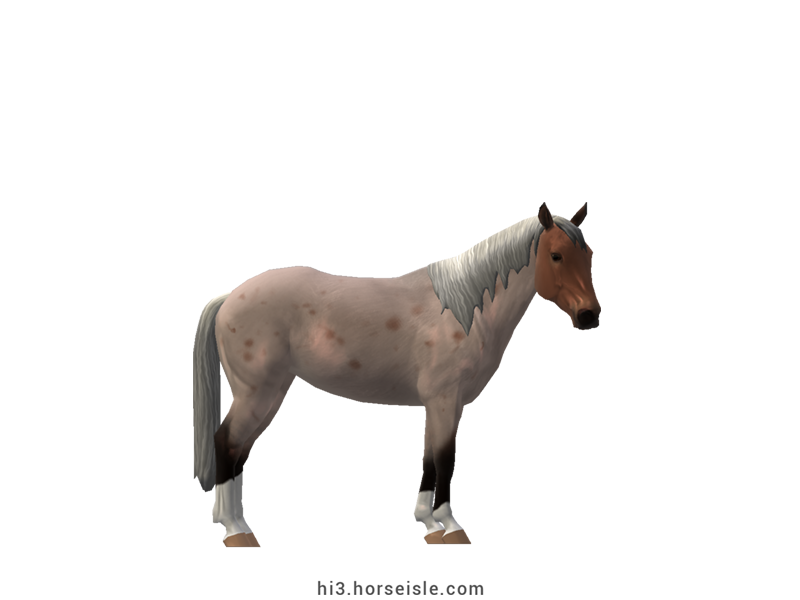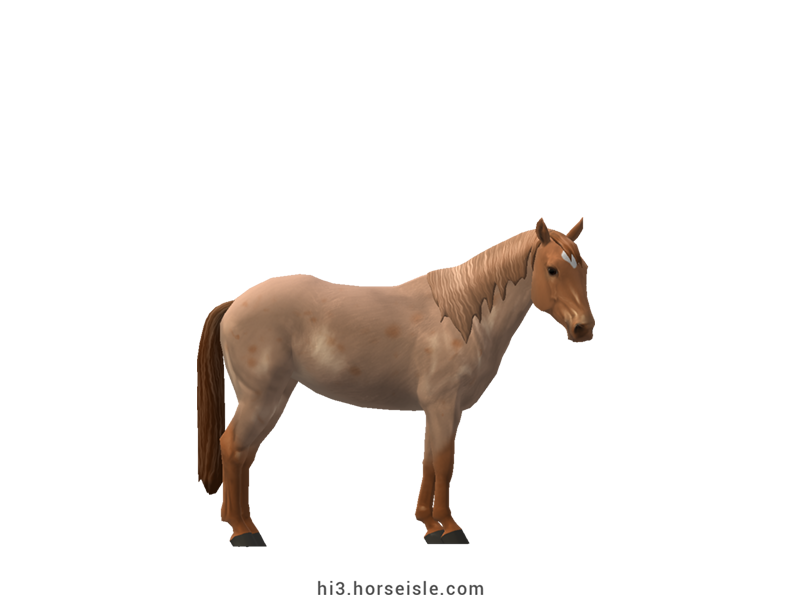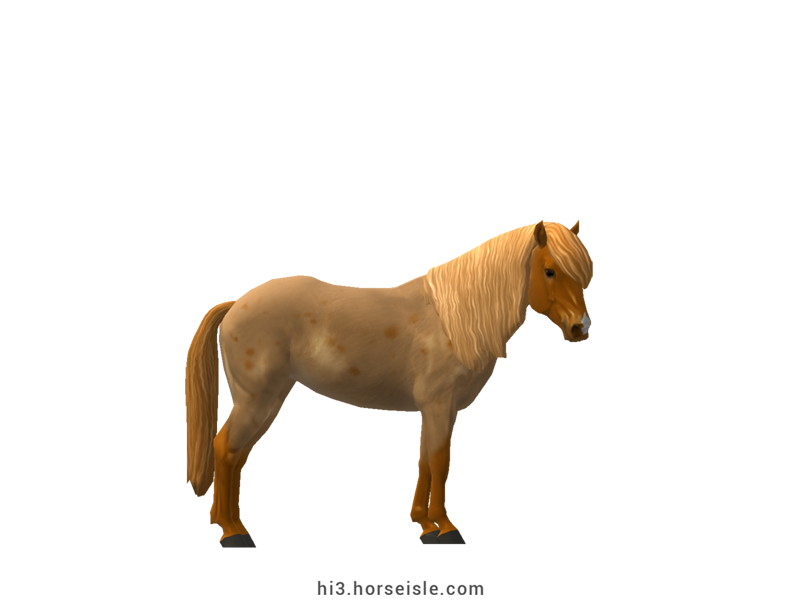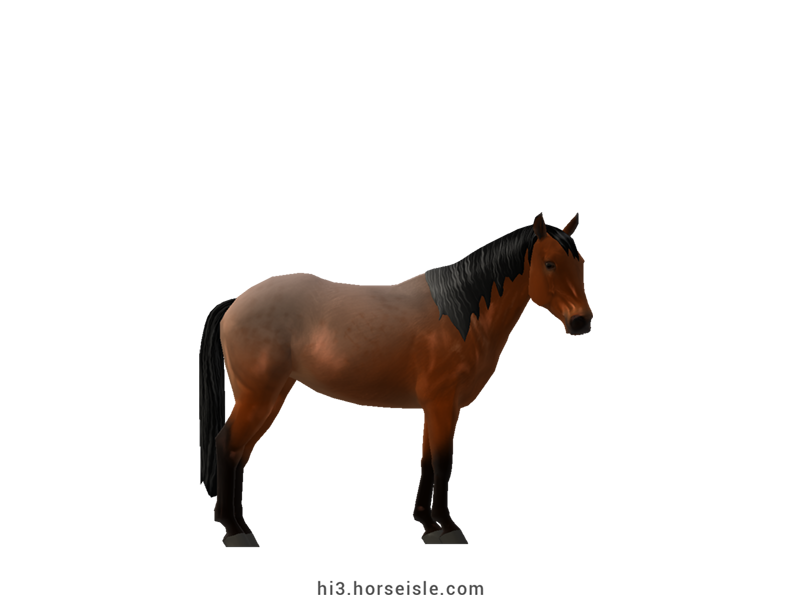Our Massive Real World Equine Reference!
[ INDEX ] Equine Type: Horse Breed: Carolina Marsh Tacky (Marsh Tacky) [ PREV ] [ NEXT ]
The Marsh in Carolina Marsh Tackies:
In the 16th century, Spanish conquistadors, together with their Spanish horses of various breeds, arrived at the south-eastern shores of North America, and started exploring and conquering the new land. During these journeys, some of their Spanish horses broke free and found their way to the marshy wilds of Lowcountry, South Carolina, where they resided.
Traversing through the marshes, and surviving on marsh grass for decades, the Carolina Marsh Tacky became adapted to life in the marshes. For example, at some point, these horses adopted the habit of lying down on their side when their hooves get stuck in deep marshes, thus allowing themselves to pull their hooves out of the mud without sinking in it.
From the bogs to the farms:
Over the next two centuries, these feral horses were tamed by colonists in South Carolina, and many families owned at least one such horse. Albeit being smaller on average than other breeds, Marsh Tackies were up for a variety of tasks, from performing light farm work, to traveling for miles over miles through the bogs while carrying a rider and their cargo on their back.
They became known locally for their endurance and surefootedness, and therefore served as mounts for Confederate troops in South Carolina during the American Civil War. Carolina Marsh Tackies remained a popular sight in South Carolina until the 20th century, when transportation and agriculture were mechanized, and horses were left redundant.
The Carolina Marsh Tacky today:
Despite their horses being replaced by machinery, individual breeders continued breeding this unique breed in small numbers, and started a tradition of racing their horses on beaches. Following a short hiatus, this tradition was revived during the 2000s, and is still taking place today.
Also during the 2000s, genetic testing was performed on Carolina Marsh Tackies, and revealed that this breed can be considered a strain of the Colonial Spanish Horse, a collective term for horses who are pure descendants of the Spanish horses brought to North America by the Spanish conquistadores during the 16th and 17th centuries.
In 2010, the Carolina Marsh Tacky was named South Carolina State Heritage Horse. Today, this rare breed is found only in South Carolina, where it is used primarily for recreational riding, beach racing, and, in some farms, for herding cattle.
Gait:
Aside from its ability to live in the marshes of Lowcountry, the Carolina Marsh Tacky was, and still is, also known for the gaiting ability that some of its members possess. These horses exhibit a unique 4-beat diagonal gait called 'swamp fox trot', which can generally be described as a 'fox trot' mixed with a 'marcha batida' (see 'Missouri Fox Trotter' and 'Mangalarge Marchador' for information about these gaits.)
At its core, the swamp fox trot is a broken trot, where the horse lifts the hind leg of one side together with the front leg of the other side, but the hind leg lands a fraction earlier than the front leg. Only after both legs are on the ground, then the horse lifts the next diagonal. The brief moment where all four legs are on the ground gives the gait a 'quadrupedal support,' meaning that the horse's weight is supported by all four legs. This type of support, together with the breaking of the diagonals, are what make the swamp fox trot gait unique.
The downside of the swamp fox trot, compared to other ambling gaits, is that its speed is very limited, and even gaited horses transition into a regular trot or canter when they are required to move above a certain speed.
Breeding:
The Carolina Marsh Tacky is a partially gaited breed, meaning that while some members of this breed are gaited, others are not. Therefore, in Horse Isle, Carolina Marsh Tackies can be gaited or non-gaited, but cannot be pacers (Amco.) As such, breeders should not cross gaited Marsh Tackies with non-gaited ones.
Conformation:
Carolina Marsh Tackies are small horses who have narrow bodies and a compact conformation.
More specifically, their conformation is characterized by a straight or slightly concave profile which turns convex at the muzzle, which in itself is small, although the nostrils are large. The ears of Marsh Tackies are small-to-medium, the neck is wide at the base and can be ewed, the withers are prominent, the girth is deep, the croup is sloping, and the tail is of low-set.
The mane and tail grow long and thick, and can be wavy or coarse, with the mane sometimes being double. The legs are either clear of feathering, or have light feathering at the back of the fetlocks.
Performance metrics:
The following are the: range, average, (SD), and MOE of performance metrics of ordered Carolina Marsh Tackies in Horse Isle (not bred ones). In rare cases,
Speed: 14.1-15.9, 15.2 (0.4), 0.07.
Sprint: 34-48, 41 (3), 0.61.
Accel: 0.75-0.95, 0.84 (0.04), 0.01.
Decel: 0.74-0.91, 0.82 (0.04), 0.01.
Jump: 4.96-5.23, 5.09 (0.05), 0.01.
Pull: 1.24-1.86, 1.53 (0.14), 0.03.
Turning: 37.18-51.38, 45.40 (3.07), 0.6.
Reverse: 2.1-2.7, 2.4 (0.1), 0.03.
Stamina: 43.85-48.86, 46.58 (1.17), 0.23.
Reaction: 0.74-0.84, 0.80 (0.02), 0.00.
Coats & Height:
Colors: usually grulla, but also dun and, more rarely, red-dun. Less frequently, bay, black, brown, and chestnut, with the latter being the rarest.
Additionals: flaxen, linebacked, rabicano, roan, sooty. The coat is always solid, and is often roan.
Height: 13hh to 15hh
[ INDEX ] [ PREV ] [ NEXT ]

